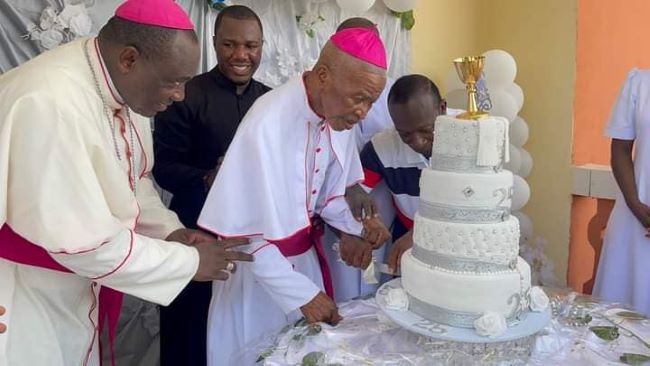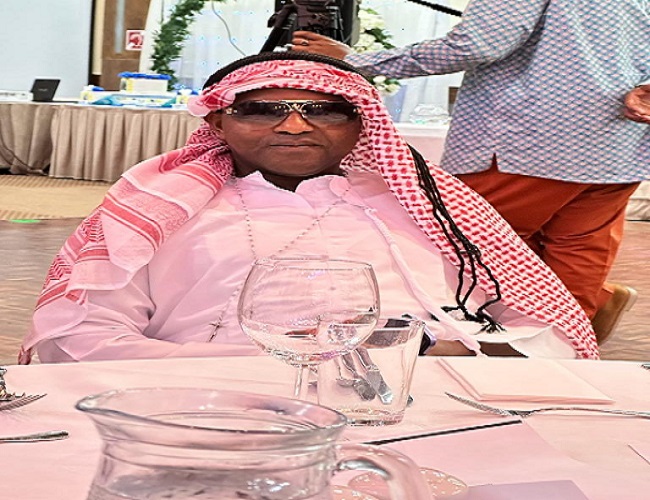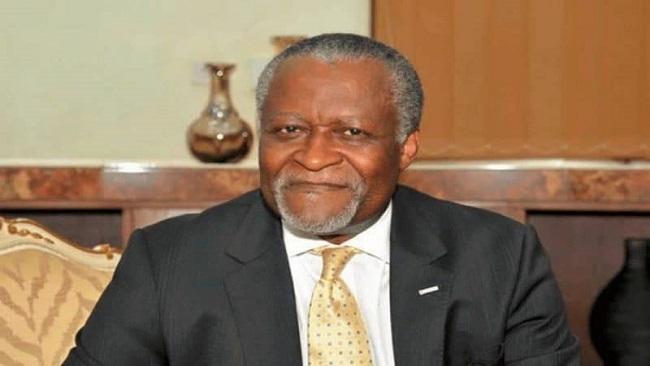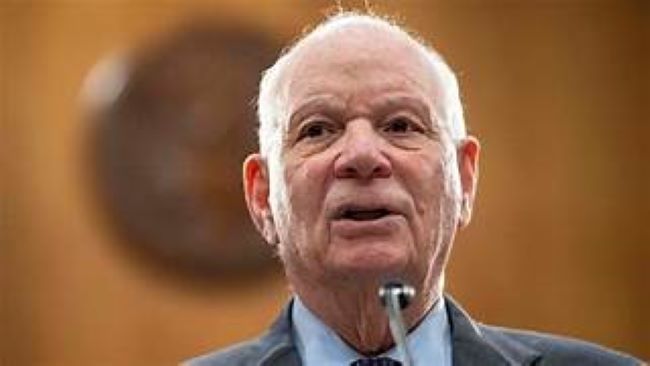Categories
Archives
- April 2024
- March 2024
- February 2024
- January 2024
- December 2023
- November 2023
- October 2023
- September 2023
- August 2023
- July 2023
- June 2023
- May 2023
- April 2023
- March 2023
- February 2023
- January 2023
- December 2022
- November 2022
- October 2022
- September 2022
- August 2022
- July 2022
- June 2022
- May 2022
- April 2022
- March 2022
- February 2022
- January 2022
- December 2021
- November 2021
- October 2021
- September 2021
- August 2021
- July 2021
- June 2021
- May 2021
- April 2021
- March 2021
- February 2021
- January 2021
- December 2020
- November 2020
- October 2020
- September 2020
- August 2020
- July 2020
- June 2020
- May 2020
- April 2020
- March 2020
- February 2020
- January 2020
- December 2019
- November 2019
- October 2019
- September 2019
- August 2019
- July 2019
- June 2019
- May 2019
- April 2019
- March 2019
- February 2019
- January 2019
- December 2018
- November 2018
- October 2018
- September 2018
- August 2018
- July 2018
- June 2018
- May 2018
- April 2018
- March 2018
- February 2018
- January 2018
- December 2017
- November 2017
- October 2017
- September 2017
- August 2017
- July 2017
- June 2017
- May 2017
- April 2017
- March 2017
- February 2017
- January 2017
- December 2016
- November 2016
- October 2016
- September 2016
- August 2016
- July 2016
- June 2016
Featured
 Bishop Francis T. Lysinge @ 25!
Bishop Francis T. Lysinge @ 25!  Understanding the Biya Francophone regime’s support for the Israeli genocide in Gaza
Understanding the Biya Francophone regime’s support for the Israeli genocide in Gaza  Poverty under Biya: Cameroonians embrace Chinese language for brighter futures
Poverty under Biya: Cameroonians embrace Chinese language for brighter futures  Cameroon is broken: Who can fix it?
Cameroon is broken: Who can fix it?  Ethiopia: U.S Senator Cardin Statement on the Killing of Bate Urgessa
Ethiopia: U.S Senator Cardin Statement on the Killing of Bate Urgessa
Most Commented Posts
 4 Anglophone detainees killed in Yaounde
4 Anglophone detainees killed in Yaounde
19 comments Chantal Biya says she will return to Cameroon if General Ivo Yenwo, Martin Belinga Eboutou and Ferdinand Ngoh Ngoh are sacked
Chantal Biya says she will return to Cameroon if General Ivo Yenwo, Martin Belinga Eboutou and Ferdinand Ngoh Ngoh are sacked
13 comments Anglophone Nationalism: Barrister Eyambe says “hidden plans are at work”
Anglophone Nationalism: Barrister Eyambe says “hidden plans are at work”
12 comments The Anglophone Problem – When Facts don’t Lie
The Anglophone Problem – When Facts don’t Lie
12 comments Largest wave of arrest by BIR in Bamenda
Largest wave of arrest by BIR in Bamenda
10 comments
Latest Tweets
Featured
-

Bishop Francis T. Lysinge @ 25!
-

10 Million Cameroonians lived on less than $1.80 per day
-

Football: Xavi to remain as Barcelona coach
-

Biya regime delays bond sale amid regional market strain
-

Historic agreement between Nigeria and Cameroon to tackle wildlife crime
-

Southern Cameroons refugees in Nigeria receive farm seedlings
-

Douala: Investment Forum wraps up with honors for investment champions
© Cameroon Concord News 2024
8, February 2022
AFCON and French Cameroun: there was no mention of Marc-Vivien Foé at the tournament 0
The tragedy of Marc-Vivien Foé’s death hits much harder at his gravesite.
It overlooks a soccer field, but not the kind the late Cameroon and Manchester City player wanted. The goalposts are part of a shoddy metal frame, unpainted and leaning to one side. The field is bare earth and lined with trash.
There’s a crumbling building nearby with windows and parts of walls missing. The whole site once became a haven for criminals and drug users.
This was meant to be Foé’s dream.
When Foé collapsed on a field while playing for his country at FIFA’s Confederations Cup in 2003 and died in an awful moment for world soccer, he was in the process of building a sports complex and school in the eastern outskirts of his hometown of Yaounde. It was to be his legacy, his gift to his people and a precious resource for budding young soccer players in a part of the world where they get little help.
Foé never got to finish it and instead it became his final resting place.
But at Foé’s funeral, when he was buried with military honors and hailed as a “fallen national hero,” promises were made by representatives of the Cameroon government that the project would be completed in his memory. Nearly 20 years later, it’s in ruins. The only part of the complex that isn’t broken down is the marble block that marks Foé’s grave.
Foé’s nephew, Nama Mvogo, says he visits every week to clean the grave. Every time, he’s struck by how forsaken it appears.
“I feel that my uncle has been abandoned,” Mvogo said. “Even to come and see his tomb, (there’s) nothing. It’s deplorable.”
The last month has been a painful one for Mvogo as he watched his central African country host the African Cup of Nations, the continent’s biggest soccer tournament, for the first time in 50 years. It’s a tournament Foé won twice with Cameroon and Mvogo thought it would be the perfect opportunity to revive Foé’s project, or at least recognize him.
But there was no mention of Foé at the tournament, Mvogo said, and watching Cameroon’s current team play at this African Cup invoked nothing but sadness for him.
Foé played for Cameroon for a decade and also became a popular player in England with West Ham and Manchester City. He died at the age of 28 from an undiagnosed heart condition, which was discovered in the days after he slumped to the ground in the center circle at the Gerland stadium in Lyon, France during the Confederations Cup semifinal against Colombia. It united world soccer in grief.
Tens of thousands lined the streets of Yaounde for his funeral procession. Then-FIFA President Sepp Blatter and Cameroon President Paul Biya attended the service but Foé’s true value as a person was only revealed when an unknown 14-year-old boy stood up and explained how the soccer star had been paying for him to attend a special center for the disabled.
Since then the academy project fell into disrepair. Mvogo said its future is complicated and Foé’s father and widow, who live in France, and the government haven’t been able to work together to revive it.
But it’s not completely abandoned.
Two small soccer schools make use of the land, somehow managing to train and play games in the dirt near Foé’s grave. The original field Foé marked out was overgrown with palm trees long ago, Mvogo said.
Goalkeeper David Neabo, who plays for an under-9 team, stands under those crooked goalposts clutching a ball. His coach, Ewodo Yves Laurent, said he still invokes Foé’s memory to inspire the kids, who weren’t even born when Foé died and can’t really grasp his success from the dilapidated state of the academy.
“I tell them about Marc-Vivien Foé, who also motivated me to come here,” the coach said. “When I look at what he did, what he became in life, I ask myself why not sustain his dream?”
The only image of Foé at the complex is a statue of him in Cameroon’s team uniform, his right arm raised in celebration. But its proportions are not quite right and the figure appears stunted and doesn’t resemble the powerful 6-foot-2 midfielder Foé was. Years of neglect have chipped away at it and Foé’s green Cameroon shirt is faded and discolored.
Mvogo doesn’t know if his uncle’s dream will ever be realized but a recent incident did give him hope for the future. He came across Eric Djemba-Djemba, the former Manchester United midfielder and Foé’s Cameroon teammate, visiting the grave.
“He said he couldn’t afford to be in Cameroon and not stop here,” Mvogo recalled.
Foé’s memory, at least, remains alive for some.
Culled from AP